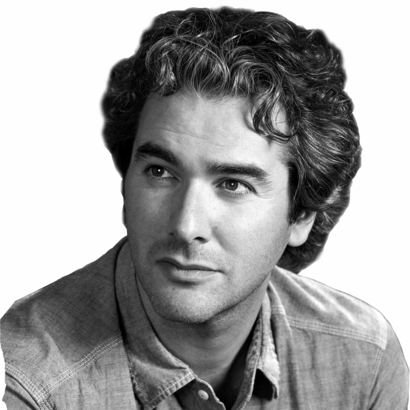Not since World War II has there been such a lacuna in organized sport. For the fan this has proved exquisite misery. That was until last week, when one sporting event joyously popped up to satisfy a public starved for competition.
The Quarantine Backyard Ultra was an ultra-marathon—a race that is longer than a traditional marathon (26.2 miles)—organized by Personal Peak, a Calgary-based running outfit. Using G.P.S. trackers and the conferencing app Zoom, entrants raced against each other despite being in self-isolation. First prize: a golden toilet-paper roll.
The Hard Yards
The race took the “backyard” format, a sort of knockout competition in which each runner had to complete a 4.17-mile lap every hour. Speed wasn’t important—you could take 30 minutes to finish your lap, or the full 60—but you had to start your next lap on the hour, every hour, or you were out. Last person standing wins.
With most major races canceled and runners’ legs itchy, the Q.B.U. attracted a massive field: some 2,413 runners from 56 countries, including the crème de la crème of ultra-running society. There was Courtney Dauwalter, arguably the greatest ultra-runner on the planet. There was Pete Kostelnick, the holder of the fastest run across America (42 days, in case you’re wondering). And then there was Calum Neff, the world champion of stroller racing. Some ran on empty streets, some on treadmills, others around their gardens. One runner, quarantined in his apartment in Dubai, ran laps around the couch in his living room for 20 hours, covering 83 miles and presumably driving his downstairs neighbors insane.
As the hours ticked by and the miles added up, the spectator began to feel a genuine sporting thrill not dissimilar from watching Ayrton Senna push his Formula One car to the limits of possibility. This race, with hundreds of poorly lit competitors amateurishly videoed in their basements or backyards, improbably took on the stature of a major sporting event.
One runner, quarantined in his apartment in Dubai, ran laps around the couch in his living room for 20 hours.
Some runners dropped out from injury, others because they had to go to work. By lap 46—almost two days and 200 miles into the race—there were only two runners left: Mike Wardian, an ultra-running legend, was still bounding around his block in Virginia, while Radek Brunner, a seasoned European ultra-runner, was loping along on his treadmill in the Czech Republic. (Anna Carlsson, a Swede, who had kept pace with the men despite running on a frozen lake near the Arctic Circle, had just been forced out by an untimely blizzard.)
Through night and day the race continued, neither man giving an inch, until, in the 63rd hour, a technical glitch caused Brunner not to start his lap at the designated time. Wardian was declared the champ, having run an astonishing 262.52 miles, but Brunner’s heartbreaking disqualification saw a race that had been full of international bonhomie descend into unseemly rancor. Threats were hurled, rule books parsed, blame assigned.
In short, sport was back!
George Pendle is a contributing editor for Air Mail

